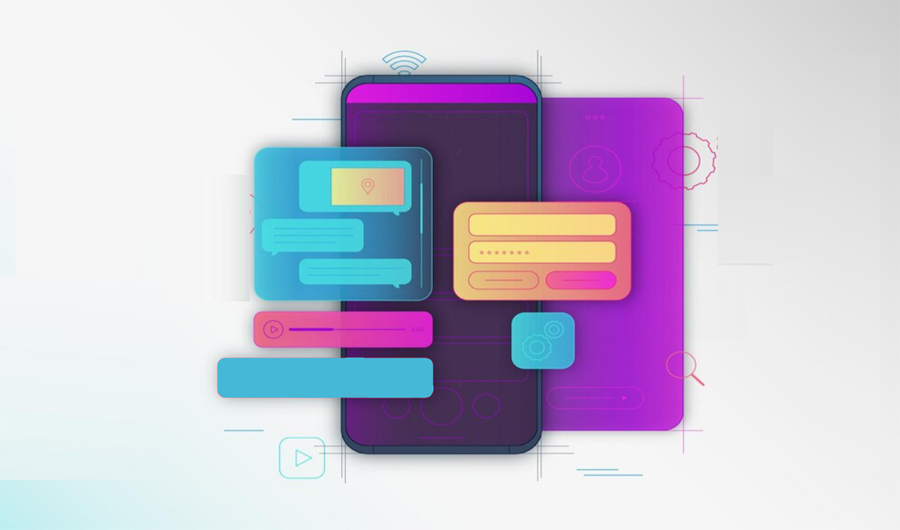
How Large Language Models Are Being Used in App Development
People have been bragging about how they built entire apps using large language models (LLMs) like ChatGPT. Take social media marketer James Brooks, who created an app without writing any lines of code. It just shows how powerful LLMs can be and how game-changing they are for everyone interested in app development.
While you may already have an idea based on the example above, let’s dive deeper into the specific ways LLMs are shaking things up in the industry.
Streamlining the Coding Process
Remember when you had to write line after line of complex code just to get your app to do the simplest thing? With LLMs now in the picture, those days are quickly becoming history. These systems digest the human language we use every day and convert it into code that computers understand. Just tell them what you need your app to do, and watch as the program writes its own code.
Of course, LLMs can’t be trusted to get everything perfect all the time. They still need a bit of human oversight to make sure the code is exactly what you want. Think of them like super smart assistants who can get you 90% of the way there, and you just need to polish off the final touches.
Learning How to Code
If the idea of coding has always seemed intimidating, LLMs might just become your new best friend. Say you need to learn a new programming language like Python or JavaScript, or even any of our ‘Top Frameworks for Mobile Development’. While you can always pore through numerous textbooks or tutorials, LLMs provide a faster and more interactive way to learn. You can simply ask questions or request code examples, and the LLM will generate responses in real-time.
It can also help if you’re trying to convert code from one programming language to another. Just prompt the LLM, and it can show you how it’s done – instantly. It’s like having a personal coding tutor available 24/7.
Creating Smarter User Interactions
Another awesome thing LLMs can do is make apps a lot more responsive and engaging for users. You can chat with an AI-powered chatbot on a customer service app that gives you instant, accurate responses. The bot can be trained to recognize different phrases and requests, making interactions feel more natural and less like you’re talking to a robot.
Given that 2 out of 3 online adults believe valuing their time is the most crucial thing a brand can do, according to Khoros’ stats, employing a reliable AI chatbot could significantly boost user satisfaction.
Debugging Easily
One of the toughest parts of coding is tracking down and fixing bugs, those annoying errors that stop your app from running smoothly. Traditionally, debugging can take hours of sifting through lines of code to find a tiny mistake. But guess what? LLMs are like having a super detective on your team.
You can explain the problem or show the buggy piece of code to an LLM, and it will help identify what went wrong. It can even suggest fixes, saving you precious time and a lot of headaches. This gives you more room to focus on creative aspects of app development, rather than getting stuck on problem-solving.
Generating Documentation
Let’s be real: writing documentation is nobody’s favorite task. It’s mundane but crucial for anyone who’s going to work with your code in the future, including “future you.” LLMs can take over this tedious responsibility by generating comprehensive and clear documentation based on the code you’ve written. As a MongoDB article on understanding large language models points out, one of the best use cases for LLMs is content creation.
All you need to do is provide an overview or ask the LLM to document specific sections of the code, and it will produce detailed notes, comments, and explanations. This ensures clarity and saves valuable developer time, making life so much easier for you and anyone who gets their hands on your code.
Like this article? Check out Web Designer Hub’s app development section for more pieces like this.






